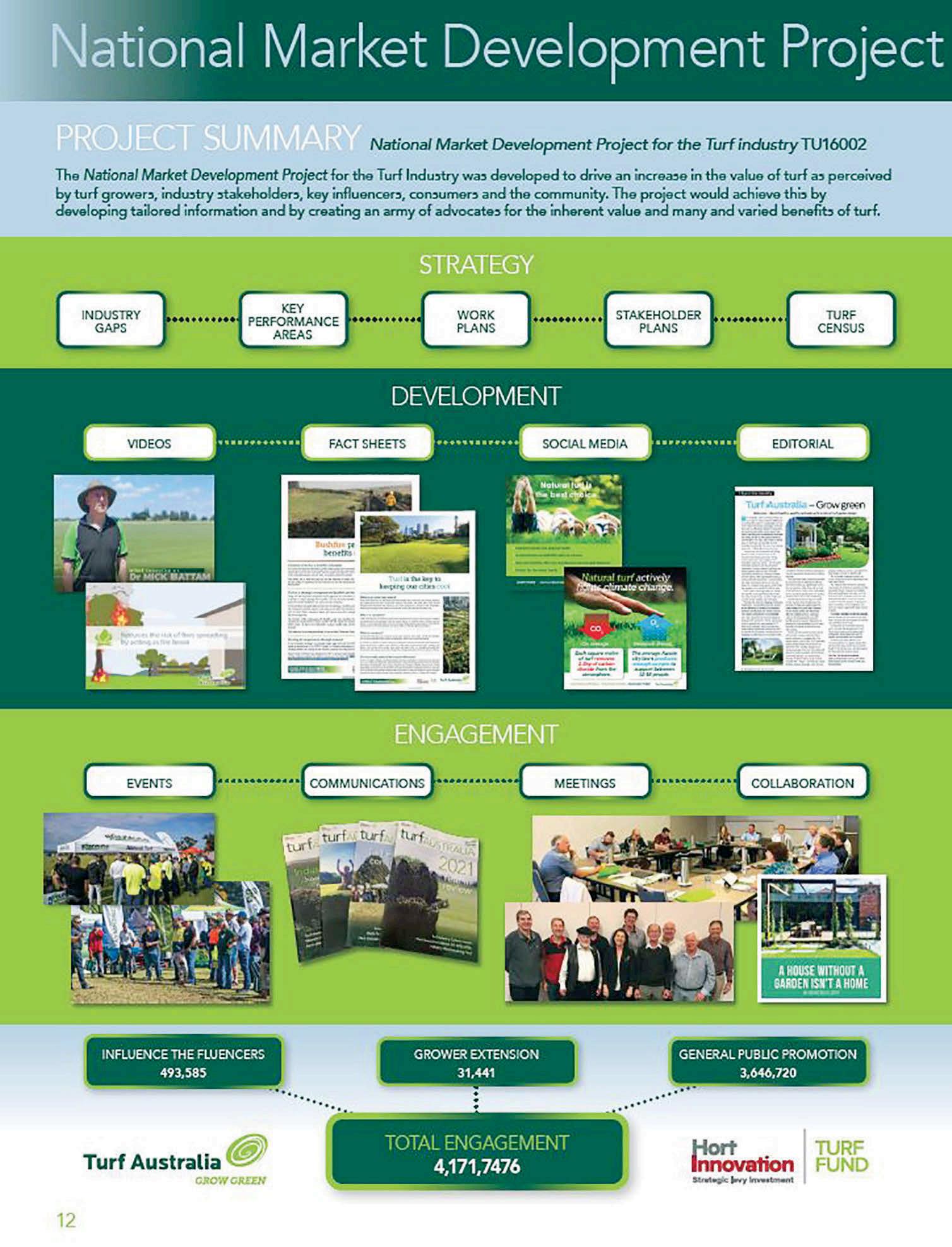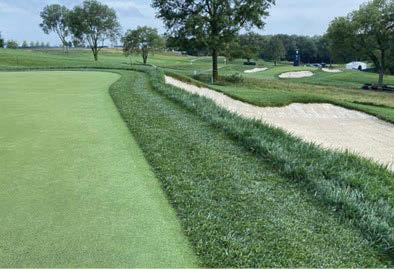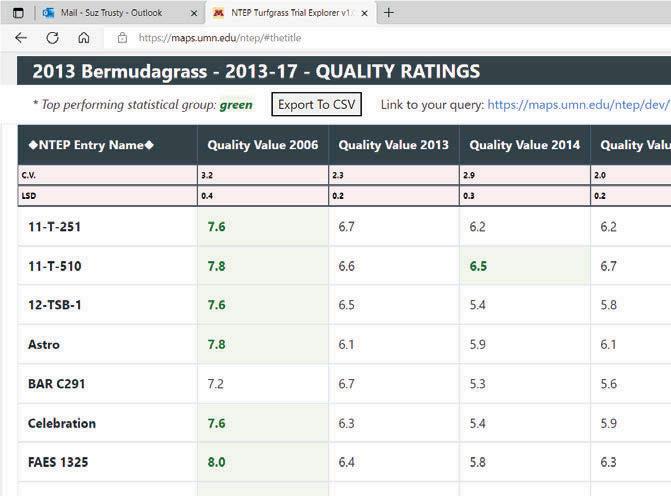
6 minute read
NTEP Turfgrass Trial Explorer Now Available
NTEP TURFGRASS TRIAL EXPLORER
NOW AVAILABLE
Compiled by Suz Trusty
The Turfgrass Trial Explorer was introduced on July 5, 2022, in a series of tweets from Kevin Morris, executive director of the National Turfgrass Evaluation Program (NTEP): “Five plus years of development have led us to this point: our database/search tool is now publicly available. The Turfgrass Trial Explorer is free!”
NTEP Turfgrass Trial Explorer version 1.0
Morris tweeted this link,ntep.org/database.htm, which leads to the Turfgrass File Explorer introductory page, with this information, “This search tool is linked to 40-plus years of data collected by NTEP and its university partners. The tool allows a user to efficiently locate the information needed to make smart and timely decisions on turfgrass cultivars and experimental selections. Please note: the tool currently only contains data from 1981-2020. We apologize that 2021 data is not yet available in the tool as we will be adding 2021 data later this year. Thanks for your understanding as we work to increase database uploading efficiency.” Making a choice, such as the bermudagrass trial in the Figure 2 example, produces a table. This example has all the bermuda trial locations and can be sorted by any location. (This example is by the overall mean, ‘Table avg’)…pink cells are LSD and C.V. stats, green cells are statistically equal to the top entry in that column.
Another option, one or more locations can be selected and a mean of just those locations computed. Or, multiple variables can be selected and put in a single table. Also note, any table can be output to a .csv file (which can then import into Excel).
Try It—and Provide Your Feedback
Morris invites all to try the Turfgrass Trial Explorer tool. And he issues this reminder, “Please recognize that this initial release, version 1.0, will be continually improved with new versions released over time. Therefore, we have many plans for improvement, but we need your input and suggestions for future development. Please send any questions, comments, or suggested changes/enhancements, to the development team at kmorrisntep@gmail.com. Thank you!”
How to Use It—Step by Step
To access the tool, click on the link that follows. https:// maps.umn.edu/ntep/ This link leads to the simple steps in the Figure 1 Screen shot.

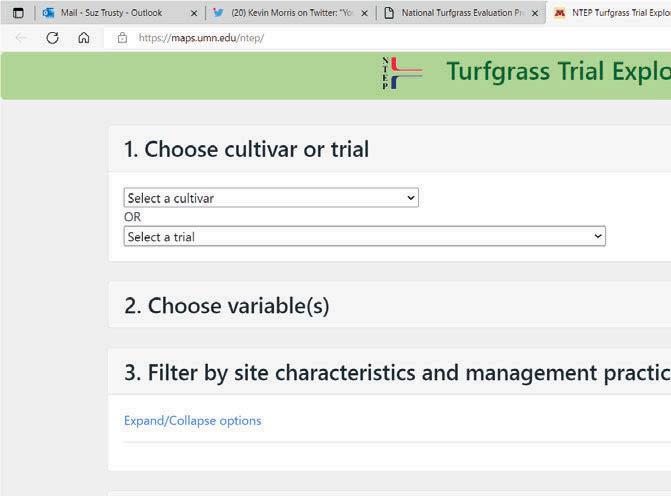

Suz Trusty is co-editor of Turf News.
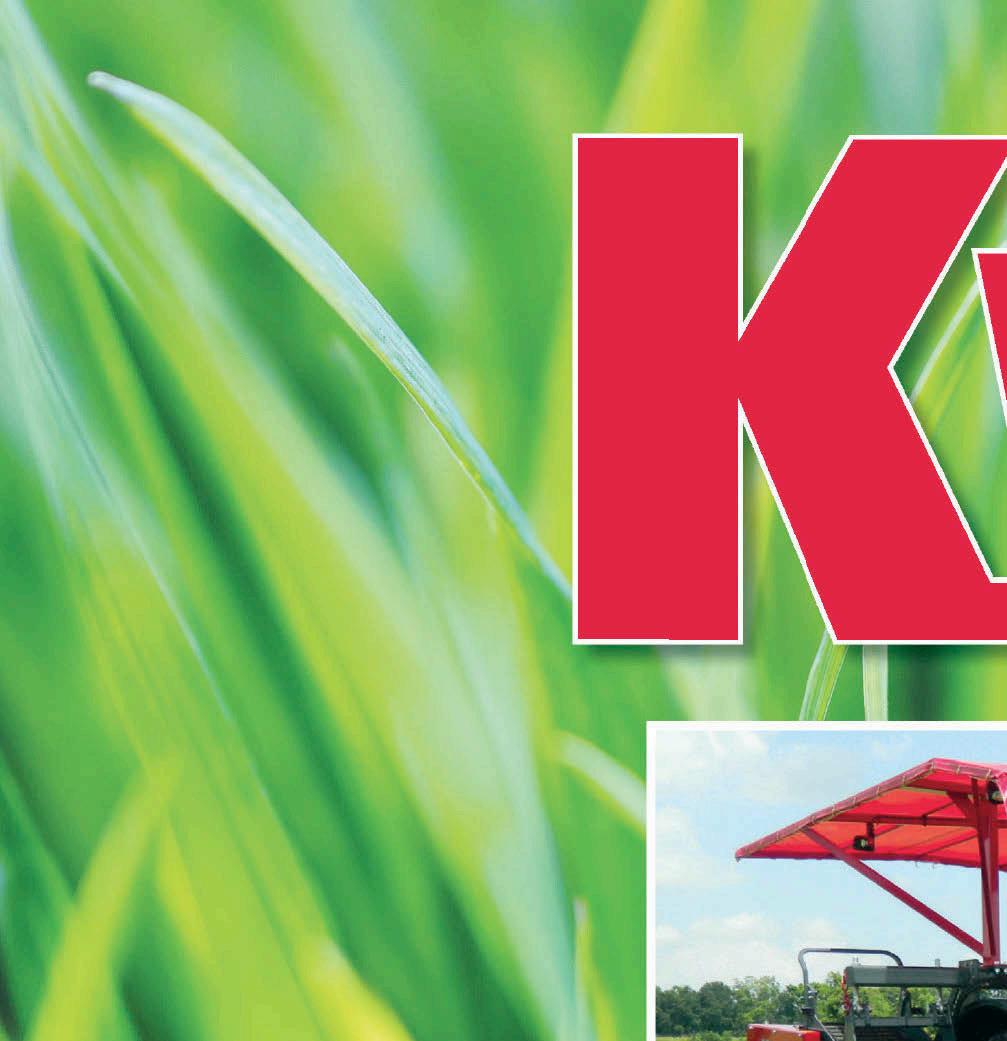
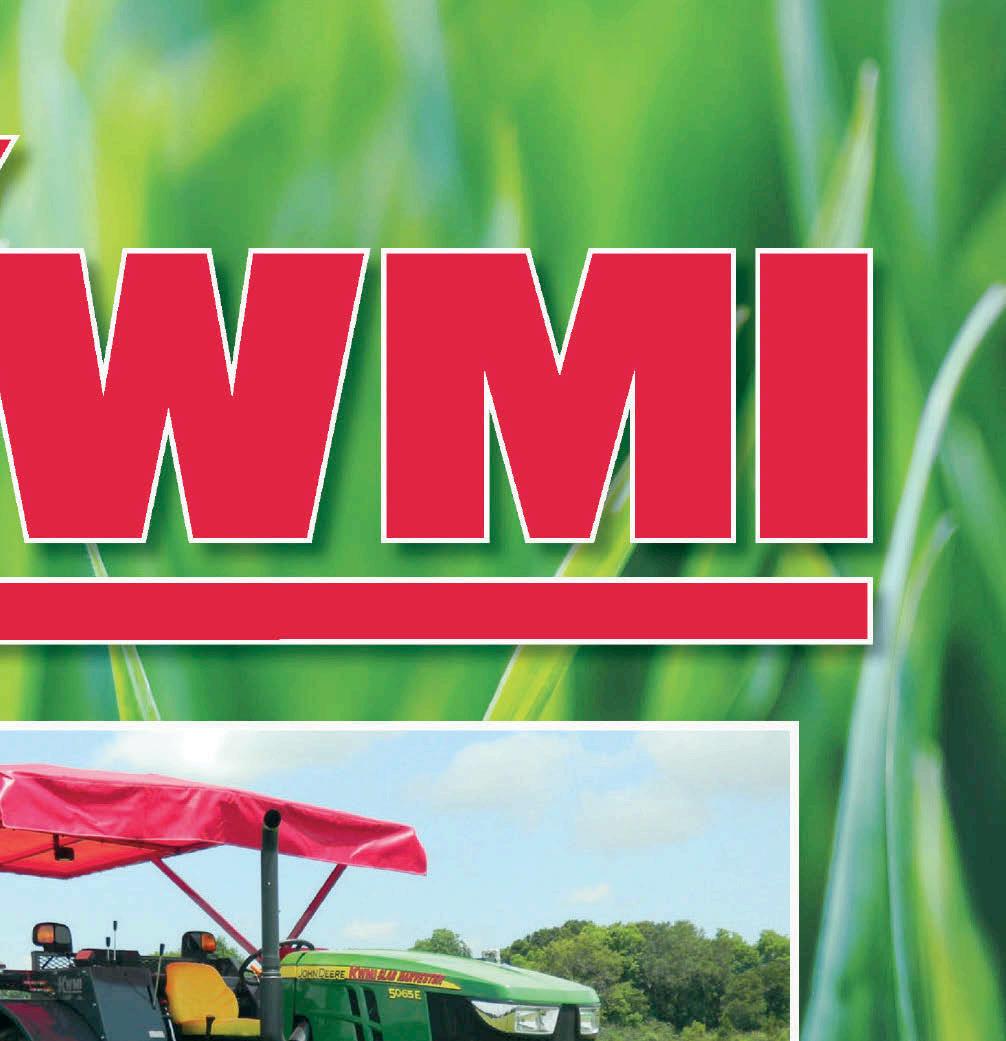
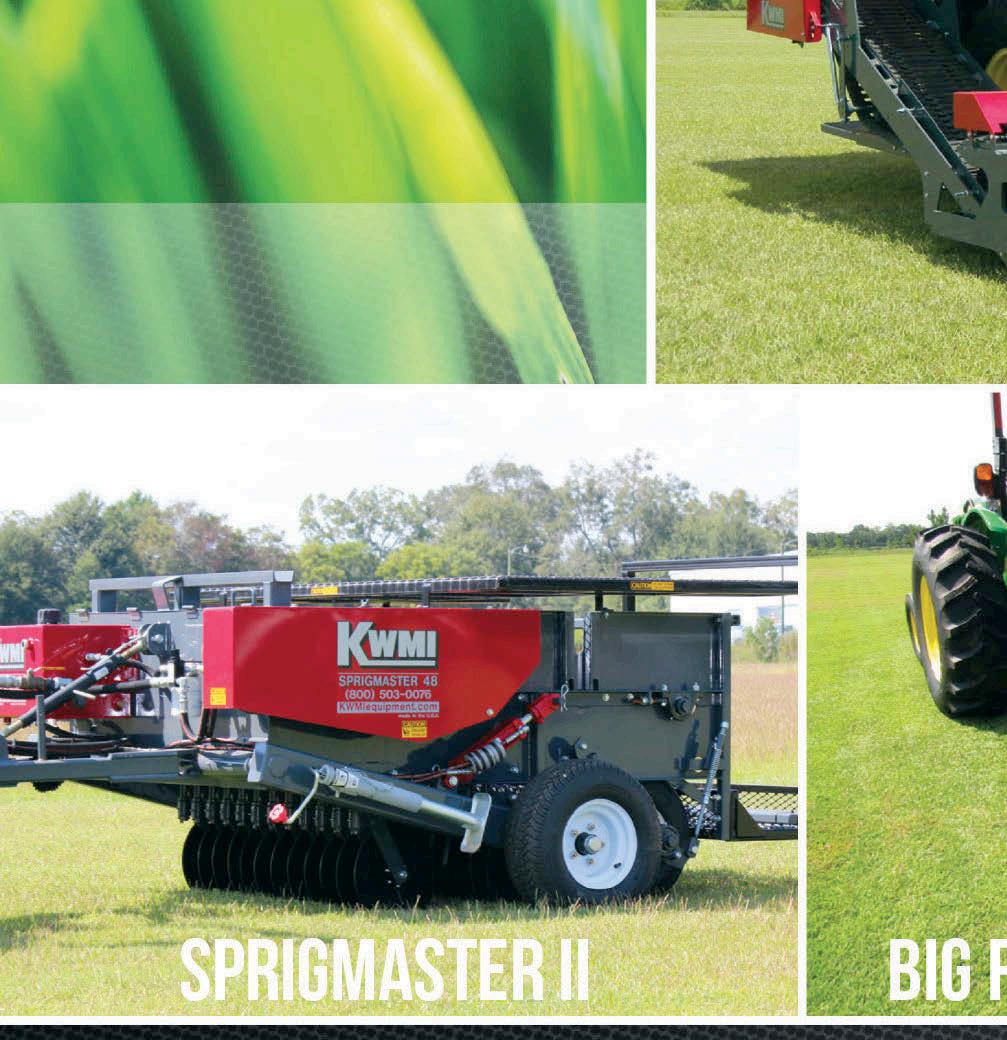
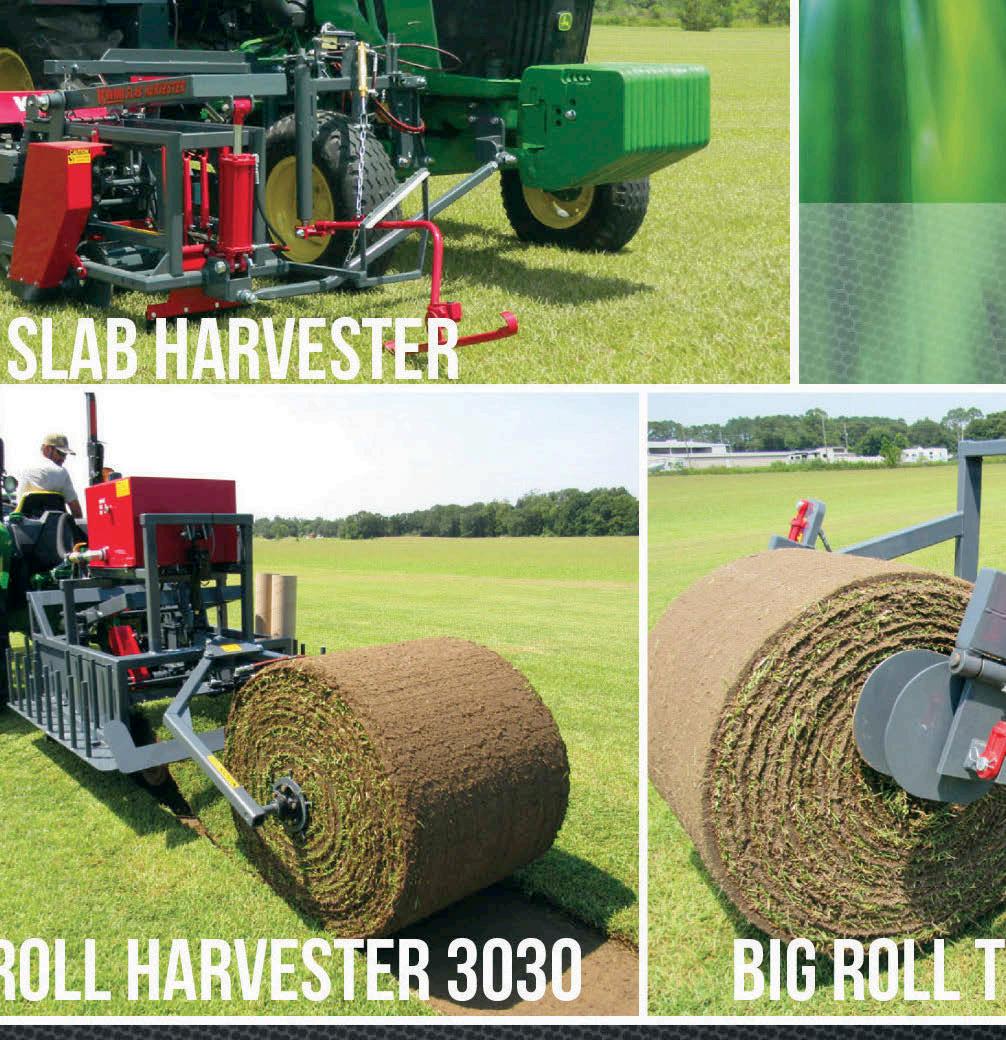


ASSOCIATION UPDATES
Turfgrass Growers Association Takes a Proactive Approach to Heat Challenges
On July 18, 2022, the Turfgrass Growers Association (TGA) issued a new release titled, “Brown lawns are cool,” with the opening line, “Turf experts urge homeowners to hold back on watering established lawns.” That news release follows. Ahead of, what is predicted to be, one of the hottest summers ever recorded here in the UK, turf experts are advising homeowners to avoid watering established lawns during the upcoming heatwave. The Turfgrass Growers Association, whose members produce more than 70 percent of the turf grown in the British Isles, say that during hot weather, the watering of established lawns is, in most situations, wasteful and unnecessary. “Our message to homeowners is not to worry if your lawn goes brown during the summer,” says Chief Executive Stacie Rae. “Going brown is the natural survival mechanism of grass. When water is in short supply grass responds by shutting down. The brown color shows that it has stopped growing until more favorable conditions return. Grass is remarkably resilient, and so long as you follow a few basic rules, most lawns will recover completely when the rain finally arrives.”
Top Tips:
• Increase your mowing height to 35-40 mm (1.3781.575 in.) – this creates deeper roots and more shade and shelter from higher temperatures • Try not to concentrate wear in one place – move barbeques and toys like slides around • No need to feed as grass will not be growing during hot, dry weather • Avoid blanket weedkillers as these may damage the grass – use a spot weedkiller if necessary • Keep mower blades sharp as blunt blades bruise the grass leaf and it loses more water • Apply a light dressing of compost to help keep moisture in the soil and protect the grass from higher temperatures • Scarify your lawn once a year to remove matted and dead growth – if allowed to build up this acts as a barrier to rainfall
Tips for looking after established and newly-laid lawns during the summer are available at www.turfgrass.co.uk and on Twitter @TGATurfandWater.
Turfgrass Growers Thanks Water Companies for Hose Pipe Ban Exemptions on New-Laid Turfgrass
That title headed a news release issued August 5, 2022. That news release follows. The Turfgrass Growers Association (TGA), which represents turfgrass growers nationally, is pleased to see that water companies are including watering of newly laid turfgrass within their hose pipe ban exemption. The current exemption allows for watering of newly laid turfgrass for up to 28 days after installation. Freshly laid turfgrass needs water during establishment and without an exemption communities and landscape contractors would suffer hardship, as well as the turfgrass growers themselves. “In addition to that,” says Richard Owens, Chair of the TGA, “it would be perverse in the extreme to effectively curtail the planting of something which—apart from preventing soil erosion, preventing water run-off, and locking up CO2—is of positive benefit to individuals and communities both in private gardens and in the public realm.” TGA Spokesperson Stacie Rae is also keen to stress that turfgrass growers recognize that they have a part to play in helping gardeners and landscapers get through the current situation. “Short term, our members are preparing advice for both the amateur gardener and the landscape professional on how they can establish new-laid turf with the minimum of water usage. This includes using recycled water and observing timings of watering.” This news release again concluded with Rae’s contact information, encouraging media personnel to contact her for more information.
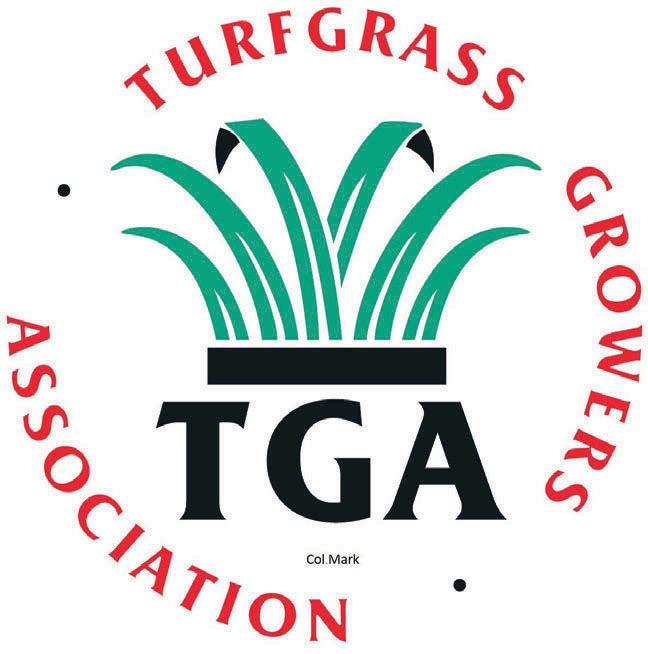
ASSOCIATION UPDATES
National Market Development Project Concluded
Turf Australia’s July 18, 2022, Enewsletter included this report.The strategic, levy-funded, National Market Development Project (TU16002) has now concluded. Did you know that during its lifetime, content sharing the benefits of living turf was seen by over 4 million people thanks to the management of over 28 events, development of three videos, and creation of 11 factsheets! Check out an update on that project in the graphic below.
Turf Australia Invests in UWA Lawn Study
The July 18, 2022, Enewsletter announced Turf Australia is investing in a new project led by the University of Western Australia. The project will investigate the role of lawns from environmental, social, design and planning perspectives to test alternative sustainable design solutions for urban lawns in a drying climate using empirical data and innovative technologies. The link that follows leads to the twopage PDF of the Proposal Flyer. https://mcusercontent. com/2de5aa2ad0b9f3625eeb3d68e/ files/36daa023-b9d3-df64-038f0897812609e9/Lawn_Grant_ Proposal_Flyer_21.02.24.01.pdf
New South Wales Flood Update
The July 18 Enewsletter gave this update. Once again, farms in the Hawkesbury have been the victim of floods. However, we are hopefully starting to see some meaningful change thanks to the tireless work of growers and Turf Australia to advocate for change to Warragamba Dam and the disaster of the Cornwallis drain. In the meantime, affected growers are eligible for funding from the NSW Government. The link that follows leads to the Financial assistance site listing the various services available. https://www.service.nsw.gov.au/floods/financial-assistance e e.
